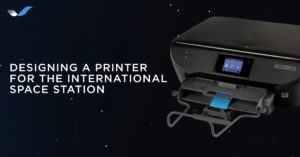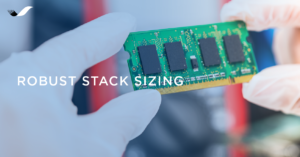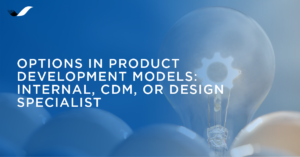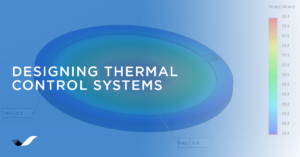The Internet of Things (IoT) was front and center at the Sands Convention Center at CES 2018. Based on the dedicated floor space, IoT was one of the most represented… Read More
CONSUMER ELECTRONICS SHOW 2018 | PART TWO | CES 2018 AND IOT

| by Doug Harriman

The Internet of Things (IoT) was front and center at the Sands Convention Center at CES 2018. Based on the dedicated floor space, IoT was one of the most represented… Read More
| by Doug Harriman

Consumer Electronics Show 2018 General Impressions This marked my first year attending CES (Consumer Electronics Show). For those who have not been, it can seem overwhelming. Looking at the numbers, CES drew… Read More
| by Yohei Yamamuro

Knuckles were as white as foam from a broken San Diego coastal wave as we applied 50 pounds of force on the printer, making the suspending rope taut. If I… Read More
| by Josh Siegel

Purchasing off-the-shelf components is an essential task when trying to buy product development parts while developing mechatronic systems, especially for prototyping and low-volume applications. Often, the availability and price of… Read More
| by Brian Peavey

Simplexity prides itself on simplifying product design. The simplest designs are often the most robust. This includes the design of embedded firmware. A major issue in developing firmware for an embedded… Read More
| by Ethan Vella

Senaptec, a company that provides state-of-the-art sensory technologies and products, had a great idea, but was in need of product development. They were developing the Senaptec Strobe, a pair of glasses… Read More
| by Scott Jarnagin

Human beings have been practicing medicine in one form or another since we first began using tools. Until very recently, however, all approaches to medicine had one thing in common… Read More
| by Doug Harriman

When approaching a new product development project, companies have options regarding how they’ll take on the challenge. Depending on the capabilities and needs of an organization, the best development model… Read More
| by Gerold Firl

Precision temperature control in product design is a matter of degrees. Sometimes the Goldilocks zone is as broad as a barn door. When it is, life is easy. Sometimes though,… Read More
| by Dorota Shortell

Simplexity’s brand promise is to deliver simple solutions to complex engineering challenges. As many in the field know, it’s actually harder to develop elegant solutions with fewer parts and components. Adding… Read More
The design team works closely with the manufacturing team to enable a smooth transfer, often with Simplexity engineers traveling to the contract manufacturer sites to ensure product quality. The design is transferred to the client based upon specific needs, most often after all tests are complete and the design is verified.
Phase 2C iterates on the learnings of Phase 2B and involves a refined prototype build of a fully integrated system. Some projects also benefit from additional iterations of the product based on prior learnings through additional phases (2D, 2E, etc), which are not represented in this graphic. All requirements are intended to be tested, and at the end of Phase 2 there will be confidence that the units will pass verification in Phase 3. The Bill of Materials is further refined, and the team updates estimates for the per unit cost of the product by receiving pricing from vendors and suppliers.
The detailed design phase usually has multiple, iterative sub-phases as the design progresses and representative prototypes are built. Phases 2B and 2C are typically the largest efforts in the product development process, where the specific implementation for all disciplines occurs (mechanical, industrial design, electrical, firmware, systems, software, manufacturing, and quality).
Simplexity typically engages with production component suppliers and contract manufacturing groups early in this phase to provide additional manufacturing input on the design. If the product has stringent testing or certification requirements, pre-screens are performed in this phase prior to formal regulatory agency testing.
Simplexity has a dedicated New Product Introduction (NPI) team that can guide the transition from design into production. The NPI team presents multiple options for manufacturing to the client, allowing clients to choose the solution that best suits their needs. This can involve Simplexity performing initial builds in-house prior to full handoff to a contract manufacturer or building the product via established relationships with contract manufacturing partners either domestically or overseas early in the process.
The detailed design phase starts with defining options for the product architecture, with the goal of having the greatest chance of successfully meeting product requirements while best mitigating risk. Engineering activities in this phase include presenting options for hardware components, outlining the system block, sequence, and state diagrams, creating rough CAD, and breadboarding of high-risk subsystems. Results are presented with a description of the pros, cons, and key tradeoffs for each scenario.
